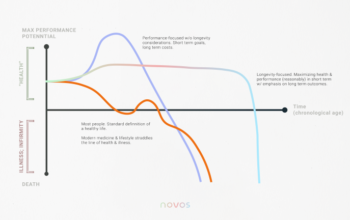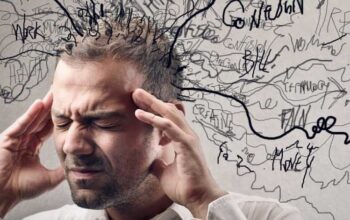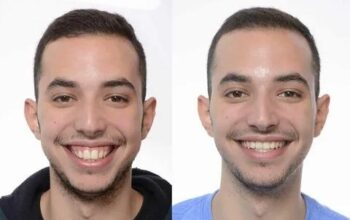Recovering from a stroke can be a long and complex journey, requiring a coordinated approach that addresses both physical and emotional challenges. In Singapore, stroke rehabilitation is a vital part of healthcare services, helping patients regain independence, improve quality of life, and reduce the risk of future strokes. With the right therapy and support, stroke survivors can make significant progress toward recovery.
A range of specialised services is available to those in need of stroke rehabilitation in Singapore, including physiotherapy, occupational therapy, speech therapy, and medical consultations. These services are often provided in hospital settings, outpatient clinics, or private practices, depending on the needs of the patient. The goal is to create a customised treatment plan that evolves with the patient’s recovery journey, addressing specific impairments such as mobility issues, speech difficulties, or cognitive challenges.
Understanding the Phases of Stroke Recovery
Stroke recovery typically happens in stages. Immediately after a stroke, patients are usually treated in a hospital where medical professionals work to stabilise their condition. Once they are medically stable, the focus shifts to rehabilitation. This may begin in a hospital-based rehab unit and eventually transition to outpatient care or home-based therapy.
Each patient’s recovery timeline is different, and it largely depends on the severity of the stroke and the areas of the brain that were affected. The first three to six months after a stroke are considered critical for rehabilitation, as this is when the brain has the highest capacity for healing and rewiring. However, rehabilitation efforts can continue long after this window with positive results.
Core Therapies in Stroke Rehabilitation
Stroke rehabilitation involves a combination of different therapies tailored to individual needs:
- Physiotherapy focuses on restoring movement, balance, and strength. Therapists use guided exercises to improve muscle coordination and help patients relearn how to walk or use their limbs.
- Occupational therapy assists patients in regaining the skills needed for daily living, such as dressing, cooking, or writing. It often includes adaptive strategies and tools to improve independence.
- Speech and language therapy is essential for patients who experience speech or swallowing difficulties. Therapists use a range of techniques to help improve communication and safe eating.
- Cognitive therapy addresses problems with memory, attention, and problem-solving. This therapy may also include emotional support to manage anxiety, depression, or frustration commonly experienced after a stroke.
Importance of Family and Caregiver Support
Stroke recovery is not just about medical intervention—it also requires a supportive environment. Family members and caregivers play a crucial role in helping patients stay motivated and follow through with their therapy. In Singapore, many rehabilitation clinics offer caregiver training and counselling to help them manage the responsibilities of daily care.
Support groups are also available for both stroke survivors and caregivers. These groups provide a space to share experiences, learn from others, and access additional resources. Participating in such communities can make a meaningful difference in a patient’s emotional well-being.
Setting and Achieving Recovery Goals
Effective stroke rehabilitation is built around realistic and measurable goals. These goals may include walking unaided, returning to work, regaining the ability to speak clearly, or performing self-care activities. Therapists work closely with patients to monitor progress and adjust goals as needed.
While full recovery may not be possible in every case, even small improvements can have a big impact on a patient’s independence and quality of life. The key is consistency in therapy and maintaining a positive mindset.
Choosing the Right Rehabilitation Provider
When selecting a stroke rehabilitation provider in Singapore, patients and families should consider several factors, including the provider’s experience with stroke cases, the availability of multi-disciplinary therapies, and access to modern rehabilitation equipment. Personalised treatment plans and a patient-centred approach are also crucial for optimal recovery.
Whether recovering at home, in a hospital, or at an outpatient facility, ongoing communication between patients, caregivers, and healthcare professionals is essential to track progress and overcome challenges.
Conclusion
Stroke rehabilitation in Singapore offers hope and support to survivors and their families through structured therapies and collaborative care. With early intervention, a dedicated rehabilitation plan, and the encouragement of loved ones, stroke survivors can make significant strides in their recovery and rebuild a meaningful, independent life.




